Improvised Weapons: Rethinking the Paradigm for Improvised Defense
Improvised Weapons: Rethinking the Paradigm for Improvised Defense
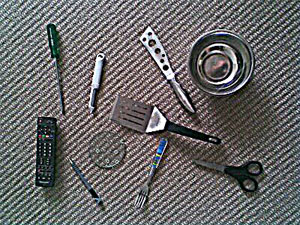
Volumes have been written about improvised weapons. There are always people who desire tools that fly below the radar at work and when traveling, especially today. Some like to dedicate a great deal of time to thinking about what they can get on a plane. Truthfully, I am more worried about my exposure on the ground between checking my bags and getting them back. Face it: if you are on a plane and there is a problem, you are more likely to be killed in the crash than by someone on the plane.
Recently I taught a pre-deployment course for the military. The students were given a homework assignment. They were told to come in the next day and tell us about one improvised weapon in their room. I was puzzled by some of the answers, which included lamps, irons, and even the TV. I asked the students to tell me which parts of the body they would target with their weapons. Most said the head. A few with the iron mentioned the head, but they said that they could also use the electrical cord to choke an attacker. My thought was that too many people have watched the Bourne movies.
Combative Anatomy
Before discussing improvised weapons, we need to understand combative anatomy, which I define as the study of how to stop interpersonal human aggression in the shortest amount of time. When we involve weapons, most people think about edged weapons and firearms. Attacking the body with these tools has a good likelihood of serious physical injury and death, but they can take some time to be effective. It’s kind of like putting a hole in a garden hose or draining an oil pan.
Body Systems and Avenues of Attack
For our purposes, the body has three main systems.
- The central nervous system, which is comprised of the brain and spine.
- The structural system, comprised of bones, muscles, ligaments, and tendons.
- The circulatory system, which includes both the traditional circulatory system, comprised of the heart, arteries, and veins, as well as the respiratory system.
There are only three ways of causing trauma to these systems: burning, cutting or crushing. When it comes to burning, I like hot liquids. I have responded to many calls for service with a steaming hot cup of coffee in my hand. Burns do a fantastic job of overloading the central nervous system, causing the person to fixate on their injury instead of what is going on around them. A hot liquid in the hand is a great example of an improvised weapon: it is not carried as a weapon, but is effective none the less.
Edged Weapons and Impact Weapons
There are only two types of weapons that you can hold in your hands: edged and impact. Even a bullet is a hybrid that goes really fast, crushing bone, and cutting through tissue. As a rule, at least with handheld weapons, impact weapons seek bone and edged weapons seek flesh.
If you pick something up, hit someone with it and it does not cut them, then you have an impact weapon. If it cuts them, then it is an edged weapon.
Handheld weapons produce a concentration of force on a small surface area, increasing trauma to that area. The force begins in your feet and travels through your hands to the end of your weapon.
If you end up on the ground in a dark alley fighting for your life and start feeling around for something to use as a weapon, you are way more likely to grab an impact weapon. And that can be a good thing.
Say you pick up a rock and swing it into the head of your attacker, attacking the central nervous system. Just like watching a good show on TV, the cable does not have to go out to mess up your viewing pleasure. All that is needed is a bad signal. So, you hit him over and over until the cable goes out. Since you are in the neighborhood anyway, land a few shots to the collar bone, extending your attacks to the structural system. This can deanimate the entire arm.
The rock is a small weapon that can be easily manipulated. If you pick up something heavy, like many of the objects that the students named in their exercise, you will naturally swing wide to hit with it. The same thing goes for something long. The bigger it is, the more room you need to deploy and use it.
Rethinking Improvised Weapons
So, let’s go back to the students’ homework assignment. There is no need to be exotic. Most people overlooked things that were likely right beside the bed: keys, pens, flashlights, beer bottles, etc. How the object feels in your grip is a good indication of how effective it will be for follow up shots if your first one fails. This is especially important if you are dealing with multiple attackers.
Another funny thing about impact weapons is that you have several natural ones: feet, knees, torso, elbows, shoulders, hands, and the head. We may not be naturally equipped with the best tools to kill someone barehanded, but we are very well equipped to get them to stop attacking us right away.
Now that all of the above has been stated, my favorite weapon, even though it is not so much improvised, is the common 28-inch rattan escrima stick. I have one by every door in the house, and along the seat of every vehicle I drive in. It not only extends my striking distance, but is great for multiple attackers.
After receiving the above information, the troops looked at things a little differently. Maybe you will too.






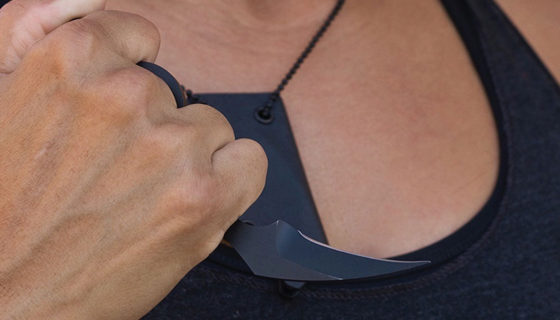
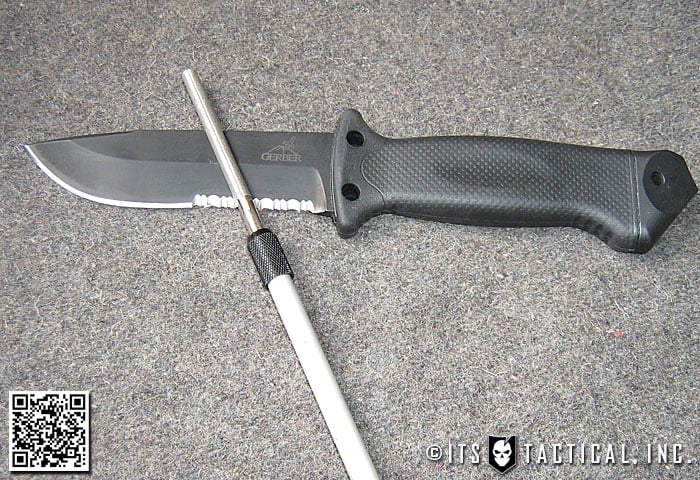
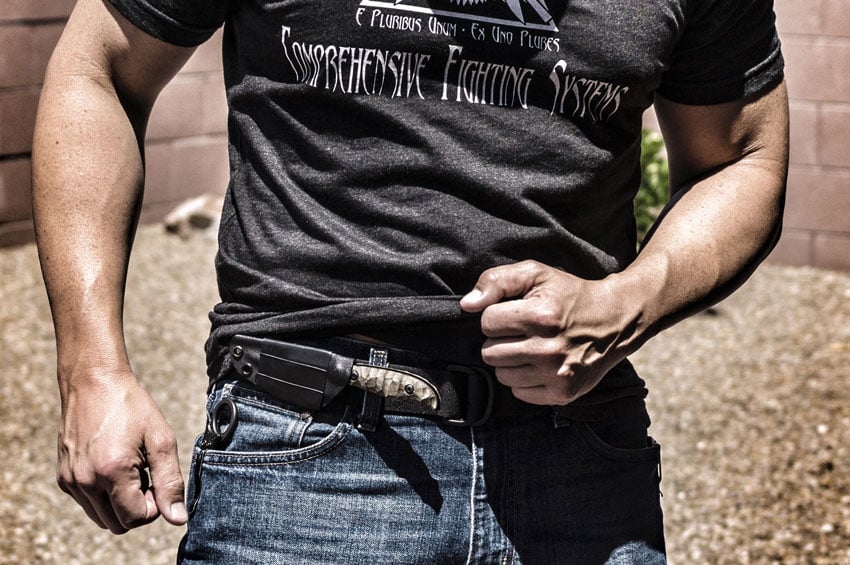
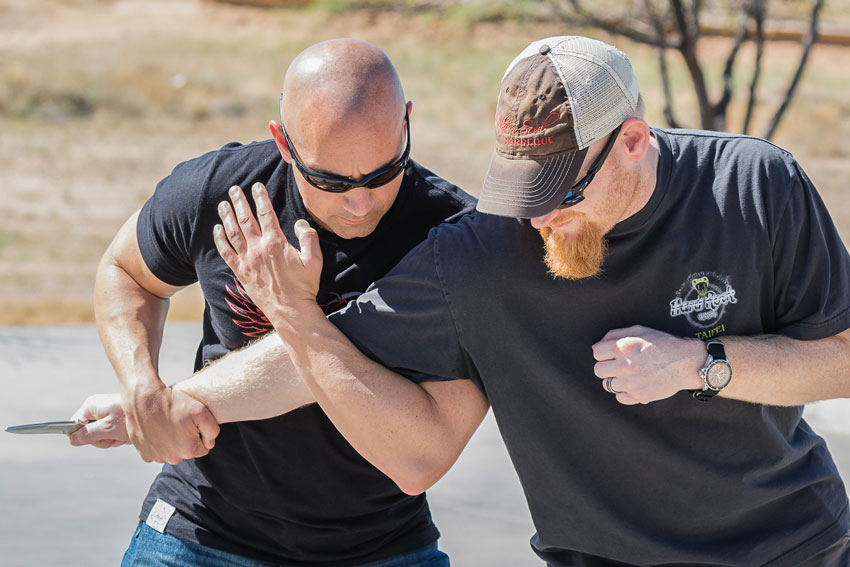

Discussion